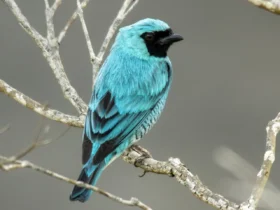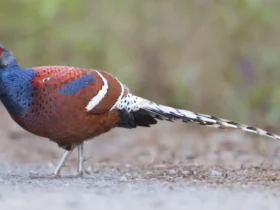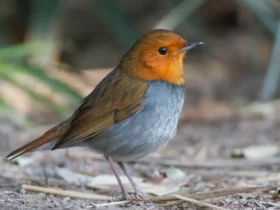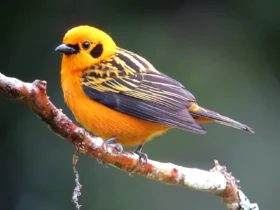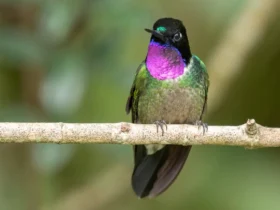In the vibrant landscapes of eastern Africa, a small parrot with a lively and colorful personality takes flight—the Fischer’s Lovebird (Agapornis fischeri). With its striking plumage, energetic behavior, and captivating charm, this lovebird species has captured the hearts of bird enthusiasts and avian admirers around the world. In this article, we delve into the captivating world of Fischer’s Lovebird, exploring its appearance, behaviors, habitat, and its special place as a popular pet and a symbol of joy.
Fischer’s Lovebird images
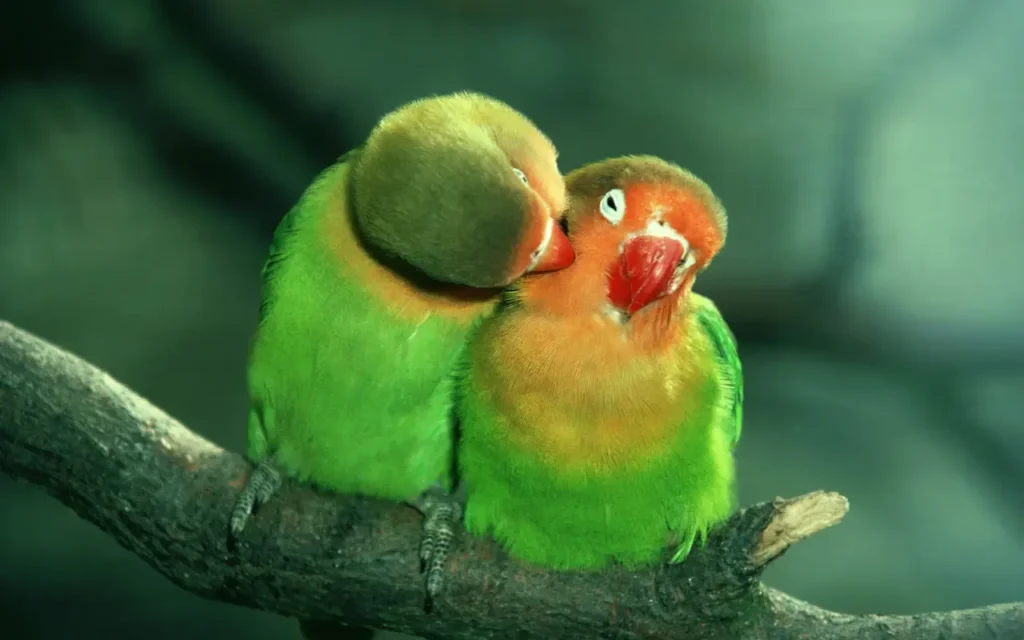
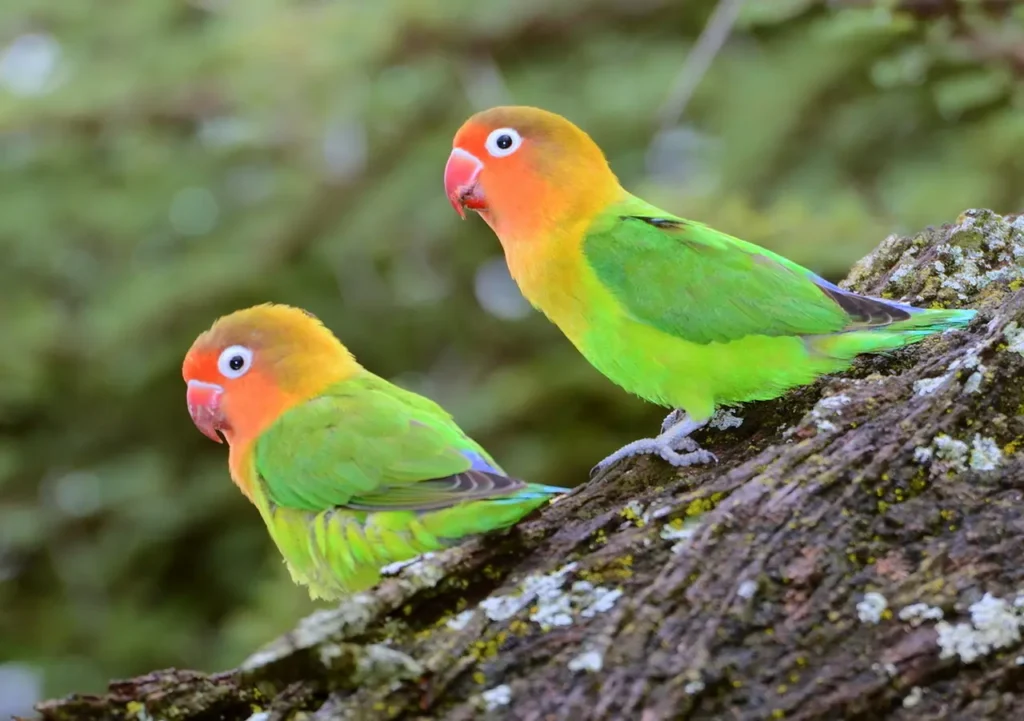
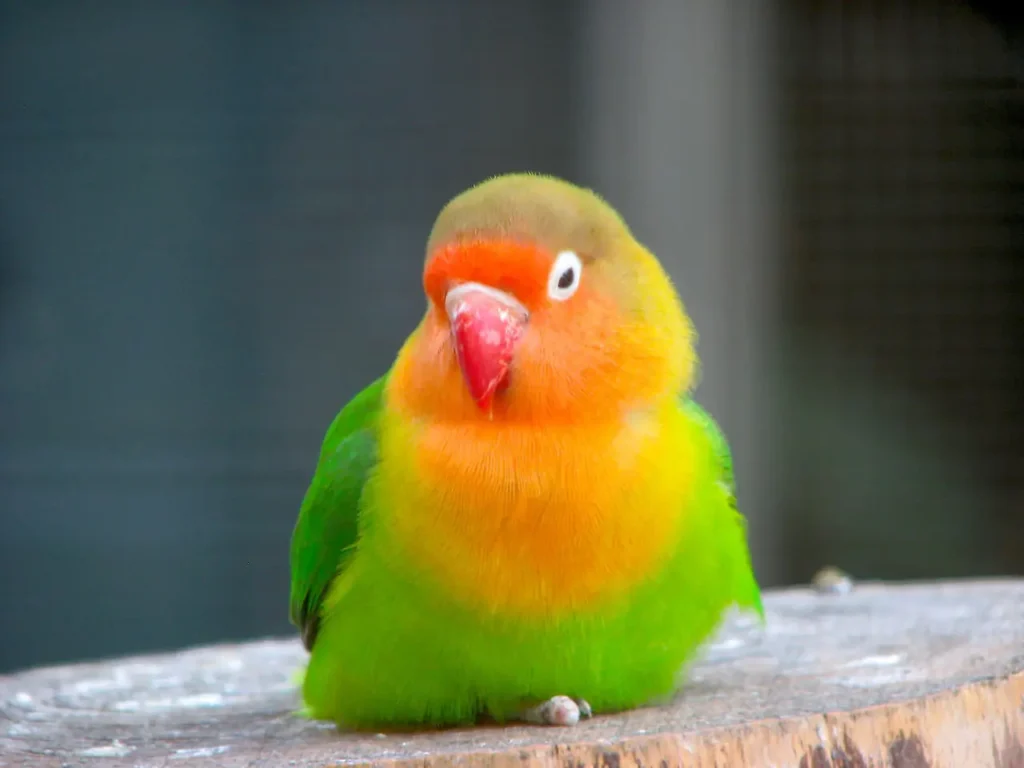
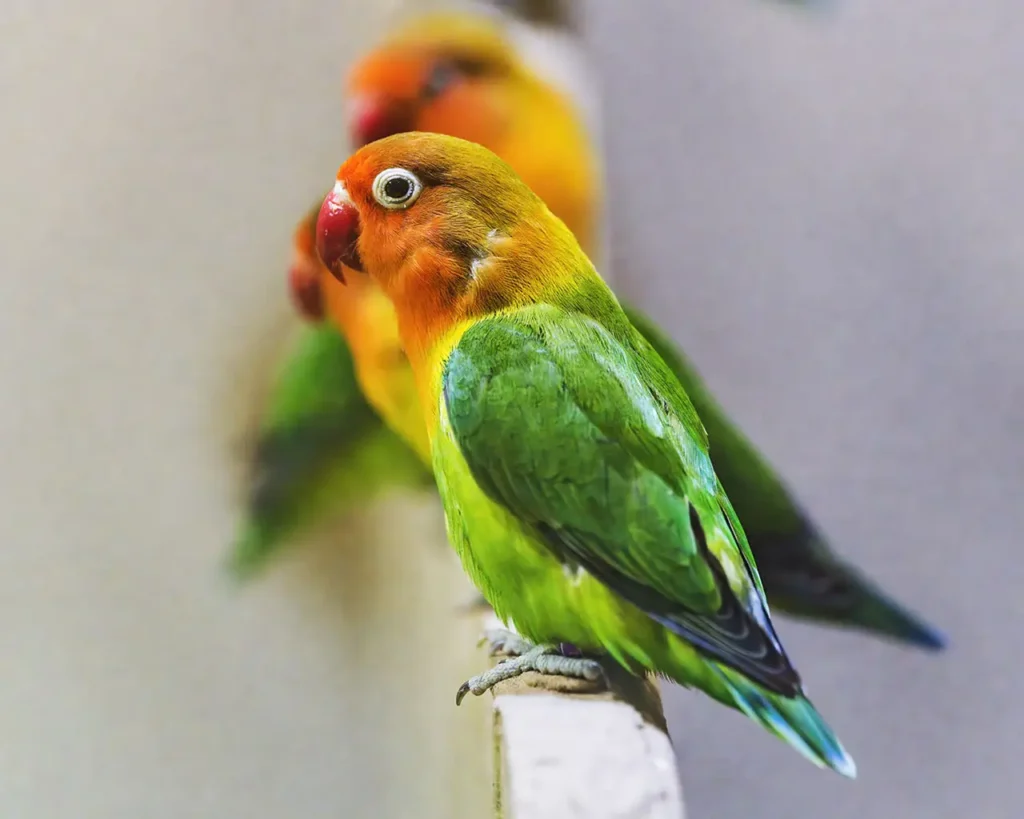





Appearance and Characteristics
Fischer’s Lovebird is characterized by its vibrant and eye-catching plumage. These small parrots showcase a brilliant combination of colors, including bright green on their body, a splash of red on their forehead, and orange-yellow patches on their face. The distinctive contrast of colors makes them easily distinguishable, and their petite size adds to their adorable appeal.
Behavior and Personality
Despite their small stature, Fischer’s Lovebirds are known for their big personalities. They are energetic, playful, and curious birds that thrive on social interaction. In the wild, they form strong pair bonds, and their name “lovebird” is a nod to their affectionate behavior towards their mates. In captivity, they often develop strong bonds with their human caregivers and can display endearing behaviors such as cuddling and preening their loved ones.
Habitat and Range
Fischer’s Lovebirds are native to the savannas and scrublands of eastern Africa, specifically in countries like Tanzania and northern Zambia. These parrots are well adapted to a variety of habitats, from open grasslands to forested areas. They are often spotted near water sources and farmlands, where they feed on seeds, fruits, and vegetation.
As Pets
Fischer’s Lovebirds are popular choices as pets due to their charming personalities, striking appearance, and manageable size. They are known for their intelligence and ability to learn tricks and imitate sounds. However, potential pet owners should be aware that these birds require proper care, including a balanced diet, mental stimulation, and plenty of social interaction. Providing them with suitable toys and a spacious cage is essential for their well-being.
Conservation and Challenges
In their native habitats, Fischer’s Lovebirds face threats from habitat loss due to agriculture and deforestation. Additionally, the capture of wild birds for the pet trade has led to concerns about declining populations. Efforts to conserve these parrots focus on protecting their natural habitats and promoting responsible pet ownership to reduce the demand for wild-caught birds.
Symbol of Joy
Fischer’s Lovebirds are often seen as symbols of happiness and love due to their affectionate behavior and bright colors. They have inspired artwork, literature, and cultural symbols that celebrate the joy they bring to people’s lives.
Fischer’s Lovebird, with its vibrant plumage, affectionate nature, and lively spirit, embodies the beauty and wonder of the avian world. Whether observed in their native habitats or cherished as delightful companions, these parrots remind us of the diversity and magic of nature. By advocating for their conservation in the wild and providing them with loving care as pets, we contribute to the preservation of the enchantment and liveliness that Fischer’s Lovebirds bring to our lives.

